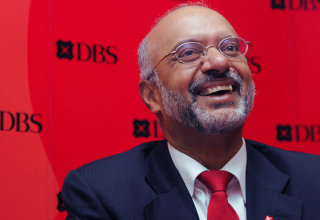
Employment in Thailand has slowed from a 2.4 percent increase in the previous three months after rising 1.7 percent from a year earlier. Thailand’s economy grew 1.8 percent in the April-June period year-on-year, and 0.2 percent quarter-on-quarter.
Southeast Asia’s second-largest economy slowed sharply from the first quarter due to weaker exports and investment. According to the National Economic and Social Development Council (NESDC), Thailand’s jobless rate in the April-June period was at 1.06 percent, compared to 1.05 percent in January-March. It said the economy was mainly driven by the acceleration of private consumption despite the slowdown of private investment and export of services.
Weak global demand, particularly from China, has seen a drop in exports in Thailand. In the April-June quarter, exports of goods contracted 5.7 percent, extending a 6.4 percent fall in the previous quarter because of drooping global demand. An analyst said the fall in exports is expected to deepen as the weak economic outlook in China means a greater drop in exports in the second half of the year.
Keep Reading
As such, the NESDC predicts the Thai economy to grow 2.5 percent to 3.0 percent this year, down from the previous forecast range of 2.7 percent to 3.7 percent. It says an improvement in the labor market will help boost household incomes and consumption. Moreover, the political uncertainty in Thailand is a key negative factor, likely to impact the country’s economy in the third and fourth quarters.
At the end of February 2023, Thailand’s unemployment rate dropped below one percent for the first time in four years. Thailand’s new prime minister Srettha Thavisin promised to restart the country’s ailing economy. He acknowledged weaker exports and attributed it to China’s slowdown. Thavisin vowed to revive Thailand’s economy. During the election campaign, he and his Pheu Thai party pledged 5 percent economic growth every year, and to raise daily minimum wages and increase farmers’ income.


























